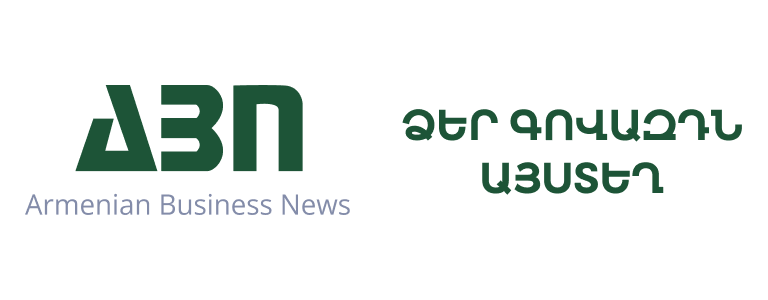How to create an organizational culture that encourages sincere feedback
Analysis |

Senior leaders often note that the team has a warm atmosphere, but the lack of direct and timely feedback keeps people on the “island of Armenian harmony.” Kindness is important, but without courageous honesty, skills don’t grow, problems escalate, and efficiency stagnates. Below is a practical guide on how to create a culture where feedback becomes a unifying work habit, not an uncomfortable critique.
The Value of Feedback
Feedback accelerates learning, reduces repeated mistakes, and increases accountability. When feedback is predictable and structured, teams quickly clarify expectations, learn from experience, and shift conversations toward shared goals.
Kindness and Directness
Many teams equate kindness with flattery or silence. True kindness is precise and compassionate feedback that supports a colleague’s growth. The “kindness alibi” should be replaced with the principle of “care + honesty,” expressed through clear language and firm boundaries.
Psychological Safety
Honesty is built on trust—the assurance that a mistake won’t turn into shame or blame. This doesn’t mean softening expectations, but rather fostering open discussions based on evidence, without personal labeling. Leaders set the tone by admitting their own missteps and asking for feedback.
Clear Definitions
Good feedback rests on three pillars: observation, impact, and request.
Example: “A day before the deadline, the document was missing the table, which prevented us from reviewing the calculations. Please include it in the first draft next time.”
Work Rhythms
Feedback should become part of the work routine:
-
Weekly short check-ins — one strength and one improvement suggestion.
-
Fact-based reviews — avoiding personalization.
-
Peer observations — discussing real behavior and giving quick feedback.
-
Open leader hours — unplanned, free-form discussions.
Behavioral Agreements
The team develops a simple agreement on how to give and receive feedback—defining formats, environments, and listening rules. It becomes part of onboarding for new members.
Measurable Outcomes
To strengthen a feedback culture, track the following:
-
Frequency,
-
Usefulness,
-
Outcomes.
Short surveys and post-meeting summaries can be helpful tools.
Training and Reciprocity
Feedback is a skill. Short training sessions, role plays, and coaching help. Feedback should flow in all directions—upward, downward, and sideways—to build trust.
Difficult Conversations
Focus on the specific situation, its impact, and the request. This reduces defensiveness and keeps the discussion action-oriented.
Remote and Multicultural Teams
In remote environments, deliberate moments for feedback should be created. In multicultural teams, clear and straightforward language works best—avoid hints or indirect phrasing.
Recognition and Learning from Mistakes
Feedback should be followed by acknowledgment, especially when a difficult issue is raised. When errors occur, the team discusses systemic causes and develops an action plan.
The article is based on the analysis of the Harvard Business Review
*The article was also prepared using data from AI․
Follow us in social networks
Related posts

Analysis | 2025/10/19 09:30
Chain Effect: How Small Daily Habits Shape Sustainable Leadership

Analysis | 2025/10/18 16:30
4 ways of organizing and ways of leadership in each of them

Analysis | 2025/10/13 18:40
Why billionaires are approaching the end of the world and what society can learn from them

Analysis | 2025/10/12 16:30
Growth never ends: how established companies find a second wave of growth
-

5 important steps to consider before starting freelance work
2025/10/21/ 18:40 -

Converse Bank Becomes the Diamond Sponsor of the 50th BACEE Jubilee Conference
2025/10/21/ 15:51 -

Financial Literacy Lesson with Idram Junior
2025/10/21/ 15:22 -

How do the most successful entrepreneurs find hidden markets that others don't see
2025/10/20/ 18:40 -

Chain Effect: How Small Daily Habits Shape Sustainable Leadership
2025/10/19/ 09:30 -

4 ways of organizing and ways of leadership in each of them
2025/10/18/ 16:30 -

How to work without fatigue, using the right areas of the brain
2025/10/17/ 18:40 -

IDBank issued the 6th tranche of bonds of 2025
2025/10/17/ 16:10 -

How to create an organizational culture that encourages sincere feedback
2025/10/16/ 18:40 -

AraratBank Modernizes Matenadaran's Security System
2025/10/16/ 13:23
 Subscribe
Subscribe









